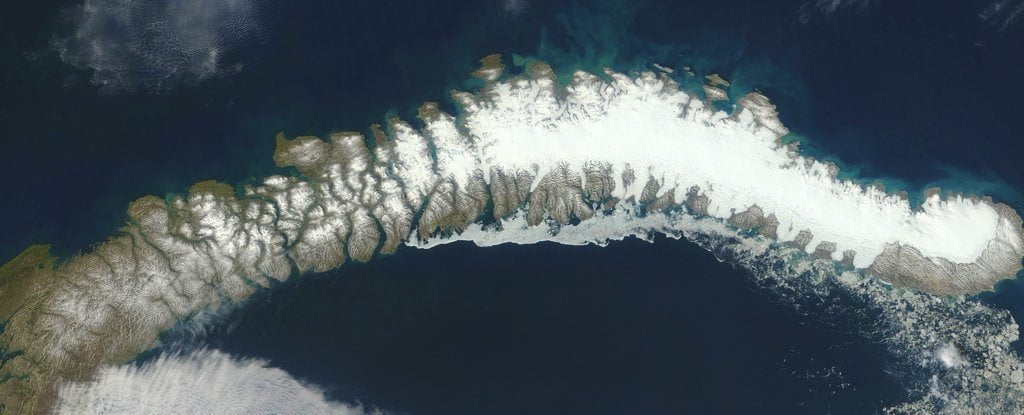Five new islands detected in August, plus one newly discovered, have emerged from melting glaciers in the Arctic archipelago of Novaya Zemlya.
During the press conference to illustrate the naval expedition to the Arctic, in the deep north of the so-called Land of Francesco Giuseppe, the Vice Admiral speaks Alexander Moiseyev.
The officer of the Russian Northern Fleet explains that the new islands were revealed as a result of the melting of glaciers in the explored region.
“The obvious consequence of the change in the status of the ice led to these discoveries,” declares Moiseyev to the Russian media.
A first, prudent announcement had already arrived in August by the Russian defense minister, but the discovery could even go back to 2016, when the engineering student Marina Migunova observed during a study of his areas never seen before in satellite images.
Let's take a closer look
Italy almost ignored the news, caught up in the political breakdowns of August, but there were developments.
In the new expedition, the naval researchers detected the topography of the five discovered islands, establishing that their "re-emergence" dates back to 2014. The dimensions of the first 5 islands varied from a tiny extension (just 900 square meters) to a truly remarkable one, of almost 5km square, three times our island of Ventotene, so to speak.
During the expedition, then, the Navy discovered "de visu" another new emerged surface whose existence it was completely unaware of.
How long will they last?
No one is able to know how much "longevity" the new lands will have, given the strong instability of the area due to the disappearance of the hardest layers of surface ice.
“Today it is difficult to draw conclusions about the survival of these new islands,” says Captain First Class Alexei Kornis, leader of the expedition. According to initial estimates, these islands could last a decade before disappearing again under the moving ice.

Despite the “young life”, the islands have already been colonized by various life forms, which Kornis enumerated in the press conference. Algae, plants, birds and other animals have been detected, although not yet registered, on the surface of all five new lands.
According to the Russian Navy, these new islands in the Arctic are just part of dozens of islands that have recently emerged or are in the process of emerging in the area. A phenomenon so vast that even ordinary citizens have been able to discover some small atolls.
An event which, given the situation, is unfortunately not surprising
“The discovery of the retreating Nansen Glacier islands is a non-surprise,” says oceanographer Tom Rippeth of Bangor University in Scotland. “It is almost like a river of ice that transports compact snow and more solid masses from areas of the sea to others”.
More the weather overheats, the more the glaciers retreat and reveal the land beneath. This is another symptom of the impact of climate change in the Arctic. In some areas of the region the average temperature increase was as much as 5 degrees.


